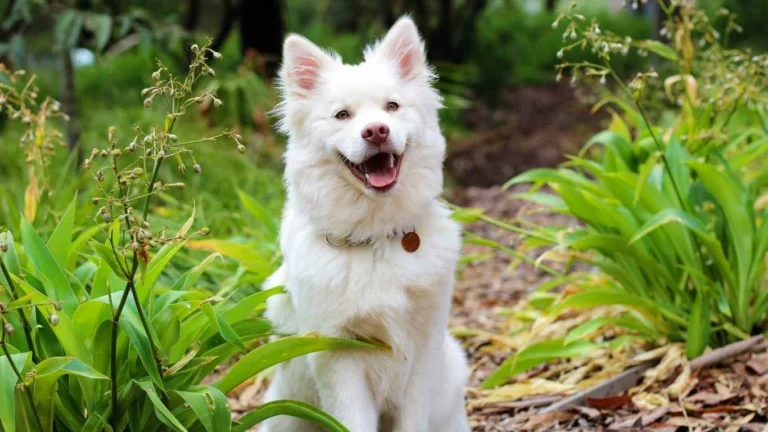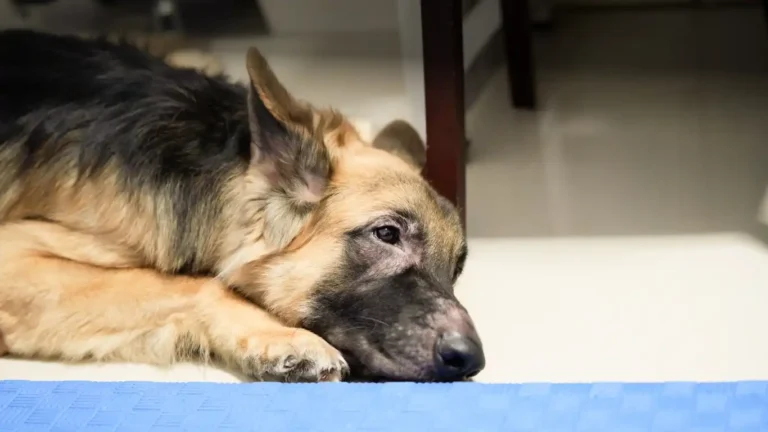Effective Tips to Help Your Dog Adjust to a New Schedule Fast
When you’re juggling work, family, and your own routine, shifting your dog’s schedule can feel like one more stressor. As someone who’s spent years as a Veterinary Technician and Nutrition Nurse, I’ve seen firsthand how even small changes—like a new work shift or daylight savings—can throw a pup’s world off balance. If you’re wondering how to help a dog adjust to a new schedule, you’re not alone. It’s more common than you’d think, and with a little planning (and a lot of patience), your dog can transition smoothly without anxiety or behavior hiccups.
Understanding Why Routine Matters for Dogs

Dogs thrive on predictability. Just like us, they have internal clocks (called circadian rhythms) that regulate when they eat, sleep, play, and go potty. When that routine gets flipped upside down, it can lead to stress, confusion, and even digestive issues. I remember this one sweet lab, Daisy—her family started working night shifts, and she was completely thrown off. She began pacing at night, skipping meals, and even having accidents in the house. Poor girl was just confused.
Knowing this helps you approach changes with more empathy. It’s not just a behavior issue—it’s a biological one. And that means we need to ease them into new schedules gradually and consistently.
Start Small: Gradual Shifts Make a Big Difference

Ease Into It
If your schedule is changing by a couple hours, don’t flip your dog’s world overnight. Try adjusting in 15 to 30-minute increments over a few days to a week. That way, their internal clock has a chance to catch up without going haywire.
- Change feeding times in small steps
- Shift walks and bathroom breaks slowly
- Stick to a consistent bedtime routine—even if it’s earlier or later
When I changed my own work schedule last year, I started feeding my senior pup, Luna, just 20 minutes earlier each morning. Within a few days, she was waking up on her own at the new time—no stress, no drama. It’s amazing how dogs can adapt when we give them the right cues.
Use Environmental Cues to Your Advantage

Light and Sound Cues
Dogs are super sensitive to light and noise. Use this to your advantage! Open the curtains in the morning to simulate “wake-up” time, or dim the lights and lower the noise level as bedtime approaches—even if the actual clock time is different. This signals their body that it’s time to wind down or gear up.
- Morning: Bright light, upbeat tone, breakfast smells
- Evening: Low light, soft music or white noise, calm interactions
Think of it like jet lag. When we fly across time zones, it takes a few days to adjust. It’s the same for your dog, only they don’t get the in-flight peanuts or movies to distract them (lucky, honestly). So it’s up to us to create those sensory cues that make transitions feel smooth and safe.
Keep Nutrition Steady During Transitions
Don’t Mix Meal Time With Stress
One mistake I see a lot as a vet tech is people changing both their dog’s food and their schedule at the same time. Please don’t do that. If your dog is already trying to figure out when mealtime is, the last thing they need is a sudden change in what they’re eating too. That’s just asking for an upset stomach—or worse, food refusal.
Stick to the same food during the transition period. If you’re also planning a diet change, wait until your dog has settled into their new schedule before switching brands or feeding times.
Pro Tip: If your dog isn’t hungry right away after a new mealtime, don’t panic. Leave the food down for 15-20 minutes, then pick it up. Dogs are smart—they’ll adjust when they realize this is the new normal. Just give it time.
Stay Consistent Even on Your Off Days
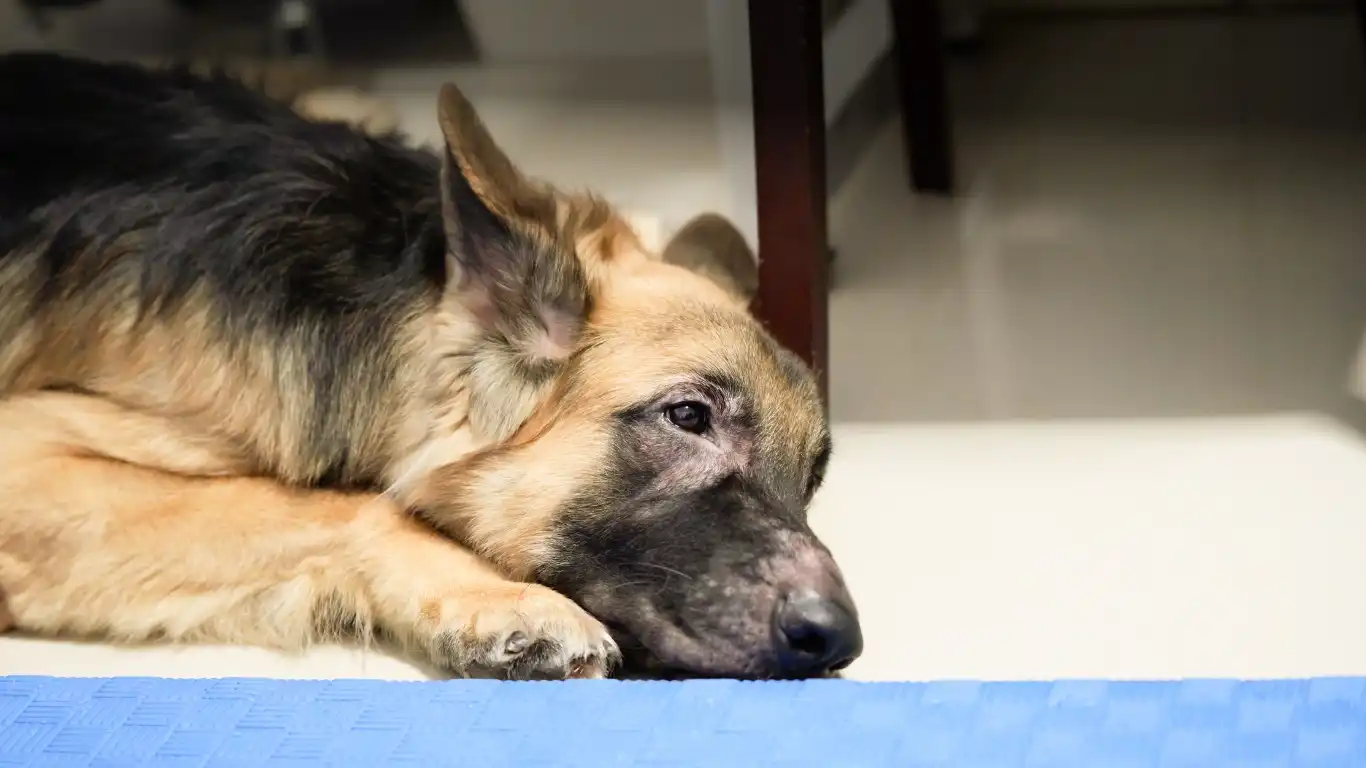
This is one that gets people every time—being consistent only during the workweek and then sleeping in on weekends. Trust me, dogs don’t understand the concept of “Saturday.” If you’re helping your dog adjust to a new schedule, consistency is everything—even when you’d rather stay under the covers.
When I started working early shifts, my own instincts were to sleep in on weekends. But Luna? She was up at 6:00 AM, pacing around like, “Hello? Where’s breakfast?” I learned the hard way that dogs don’t hit snooze. So instead, I’d get up, feed her, take her out, and then we’d both head back to bed for a lazy cuddle session. Win-win.
Pro tip: If you’re desperate for weekend sleep-ins, automate breakfast with a timed feeder. That way, your pup stays on track without dragging you out of bed.
Play and Exercise Are Crucial During Transitions

Burn That Energy!
A tired dog is a happy dog—and more likely to adapt to changes without acting out. I’ve seen dogs get super antsy during schedule changes, and it’s usually because they’ve got pent-up energy and no idea what to do with it.
Daily physical and mental exercise helps regulate mood and behavior. If you’re shifting your dog’s day around, make sure playtime and walkies stay on the radar. Don’t skip it just because you’re adjusting your timeline.
- Short on time? Try puzzle feeders or snuffle mats for mental stimulation
- Busy mornings? A 10-minute game of tug can do wonders
- New routine? Keep walks at a consistent pace and duration
With my clients, I always recommend keeping a simple activity journal during schedule shifts. Nothing fancy—just jot down feeding times, potty breaks, exercise, and mood. It helps you spot patterns and tweak things before issues pop up.
Support Anxiety with Natural Tools (If Needed)
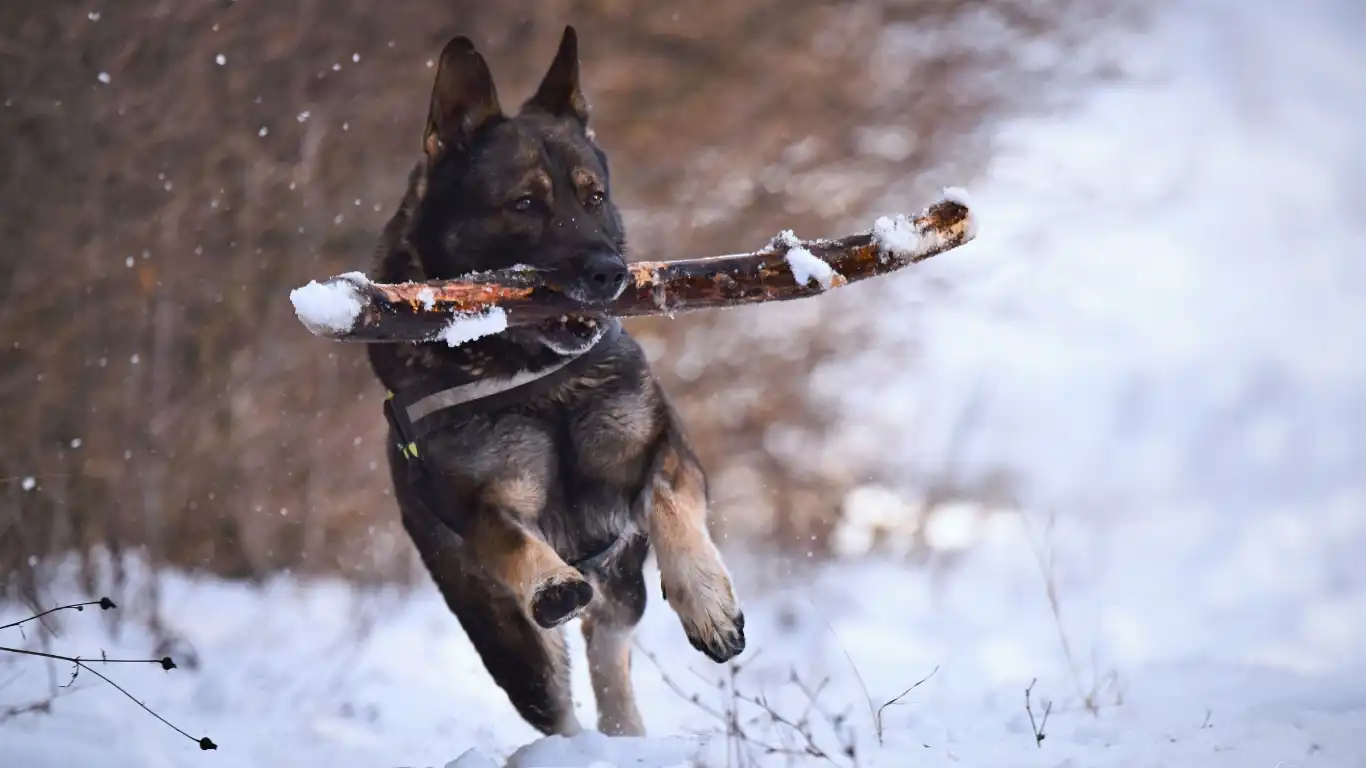
Know the Signs of Stress
Sometimes, even with all the right adjustments, dogs struggle a bit emotionally. Watch for signs like:
- Pacing or restlessness
- Whining or barking at odd times
- Loss of appetite
- Excessive licking or grooming
If these pop up, don’t panic. It doesn’t mean you’re doing anything wrong—it just means your pup needs a little extra support. I often recommend natural options before jumping into medications. Things like:
- Calming pheromone diffusers (Adaptil is one I trust)
- Veterinary-approved calming treats with L-theanine or tryptophan
- Weighted blankets or calming shirts
Back when I worked in clinic, I had one client with a rescue pup who just couldn’t handle changes—like, even small ones. We used a combo of a strict routine, a calming supplement, and a nightlight for those early dark mornings. It wasn’t magic overnight, but by week three, that dog was chilling on the couch like nothing had ever changed.
Involve the Whole Household
Team Effort Makes Transitions Smoother
Here’s something I see get overlooked constantly: only one person in the household sticks to the new schedule. But dogs don’t understand who’s “in charge of mornings.” They just know what’s supposed to happen and when.
If your partner feeds the dog one day, and you do it the next—but at totally different times—that’s gonna throw your pup off. Sit down (yes, like a family meeting!) and figure out who’s doing what and when. Write it down if needed. The more predictable things are, the quicker your dog will settle in.
Bonus tip: If you have kids, get them involved! Let them help with evening routines like filling the water bowl or setting out food. Dogs love consistency, and little rituals like that help everyone get in sync.
Okay, we’re on a roll now! These adjustments may seem small, but they stack up fast and make a big difference when you’re trying to figure out how to help a dog adjust to a new schedule. Just remember: patience, empathy, and a solid routine go a long way.
Be Patient and Observe Your Dog’s Behavior
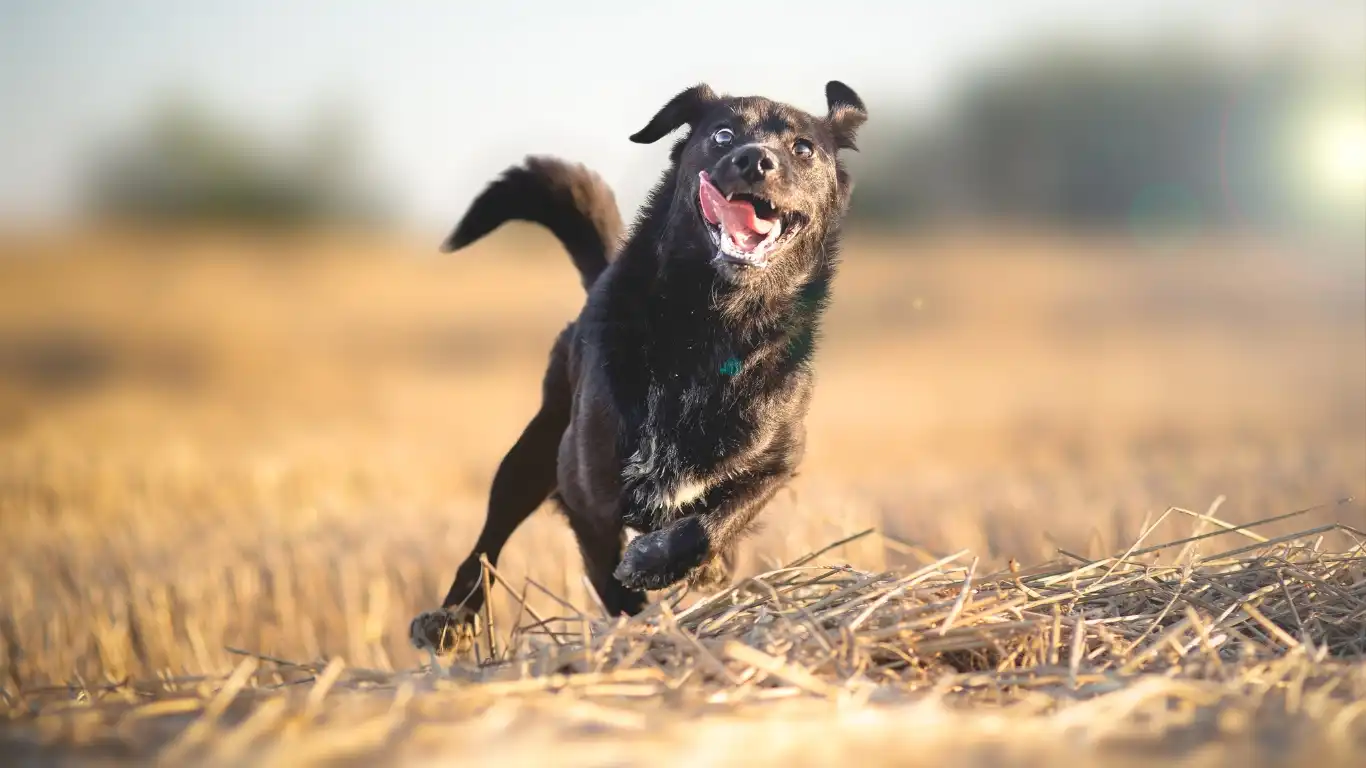
Adjusting to a new schedule isn’t something that happens overnight—for dogs or humans. In my years as a Veterinary Technician specializing in nutrition and general care, I’ve learned that patience is one of the best tools you can bring to the table. Some dogs take a couple of days, others might need several weeks, depending on their personality and past experiences.
When helping dogs adjust, watch for subtle changes in behavior. Is your dog more restless than usual? Are they reluctant to eat or seem less enthusiastic about walks? These signs can be your guideposts to tweak the routine or provide extra comfort. I’ve worked with many pups who needed a little extra TLC—whether that meant an extra potty break, a calming massage, or simply more cuddle time. Trust your gut, and don’t hesitate to consult your vet if things feel off.
Keep a Behavior Journal
One trick I recommend is keeping a simple journal of your dog’s daily routine and behavior during schedule changes. Note feeding times, potty breaks, walk durations, and any changes in mood or appetite. This kind of log not only helps you spot patterns but can be a lifesaver if you need to discuss your dog’s adjustment with a professional later.
When to Seek Professional Help
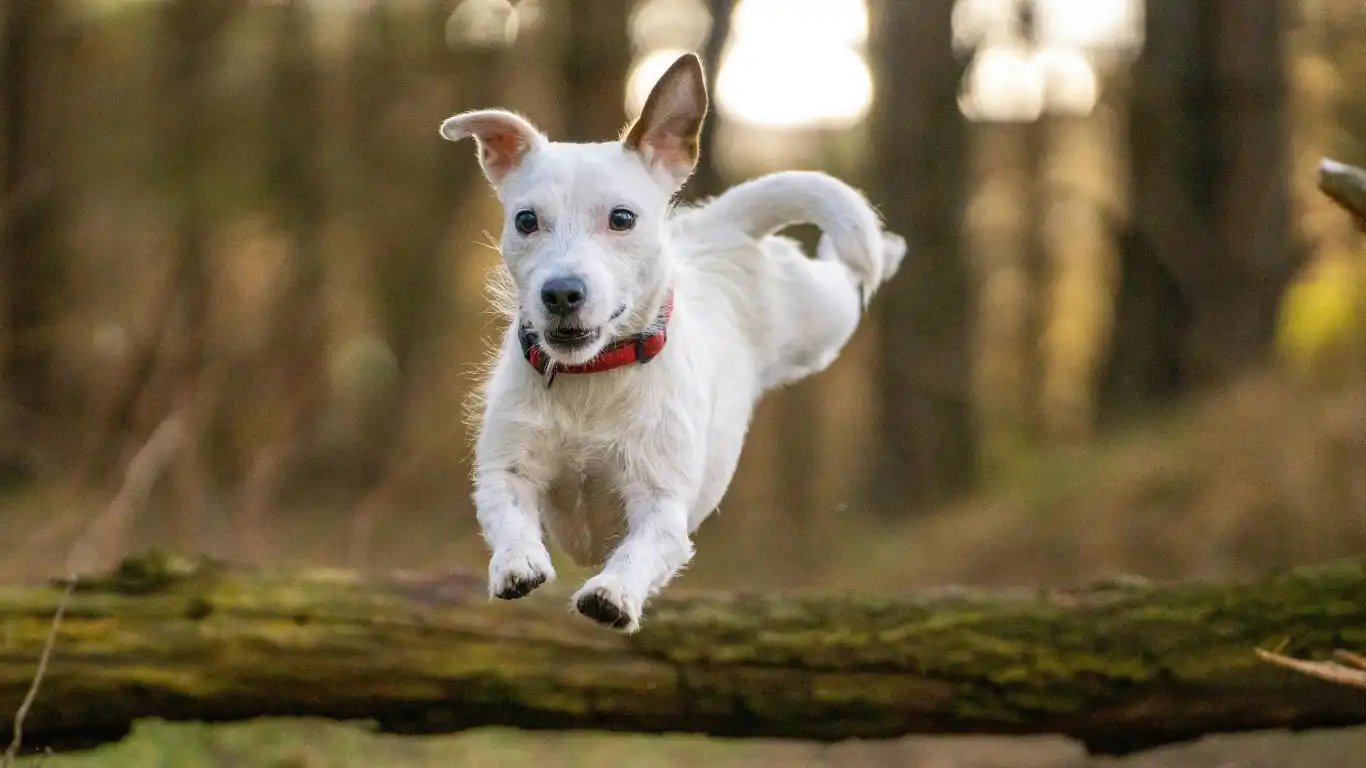
While most dogs adjust just fine with some structure and patience, sometimes professional guidance is needed. If your dog exhibits severe anxiety, aggression, or persistent digestive issues during a schedule change, it’s time to check in with a veterinarian or a certified animal behaviorist.
From my experience, dogs with past trauma, chronic medical issues, or extreme sensitivity can benefit from tailored plans that might include behavioral therapy, medication, or special nutrition. Remember, your vet isn’t just there for emergencies—they’re a valuable resource for helping your dog thrive through changes.
Nutrition Adjustments with Schedule Changes
As a nutrition specialist, I can’t stress enough how closely diet and routine are linked. Stress can affect digestion and appetite, so keeping your dog’s diet balanced and consistent is key. If your dog is struggling to eat on the new schedule, you might try:
- Offering smaller, more frequent meals instead of two large ones
- Adding a bit of warm water or low-sodium broth to kibble for extra appeal
- Using feeding times as bonding moments with gentle praise and petting
If appetite loss or digestive upset persists, consult your vet before making major changes. Sometimes a food intolerance or underlying health problem can mimic stress symptoms.
Final Tips for Helping Your Dog Adjust to a New Schedule
- Stick to routine as closely as possible: Even small deviations can cause confusion.
- Use positive reinforcement: Reward calm behavior and flexibility during transitions.
- Maintain regular vet check-ups: To ensure health issues aren’t interfering with adaptation.
- Communicate with family: Everyone should be on the same page to avoid mixed signals.
- Be flexible but consistent: Sometimes minor tweaks improve your dog’s comfort.
Remember, dogs are incredibly resilient and love you unconditionally. With your thoughtful support, they’ll adjust to the new schedule just fine—often better than you expect!
References
- American Veterinary Medical Association
- American Gastroenterological Association
- Association of Professional Dog Trainers
- American Kennel Club
Disclaimer
This article is intended for informational purposes only and does not replace professional veterinary advice. If your dog exhibits persistent or severe symptoms during a schedule change, please consult your veterinarian for personalized care and guidance.

